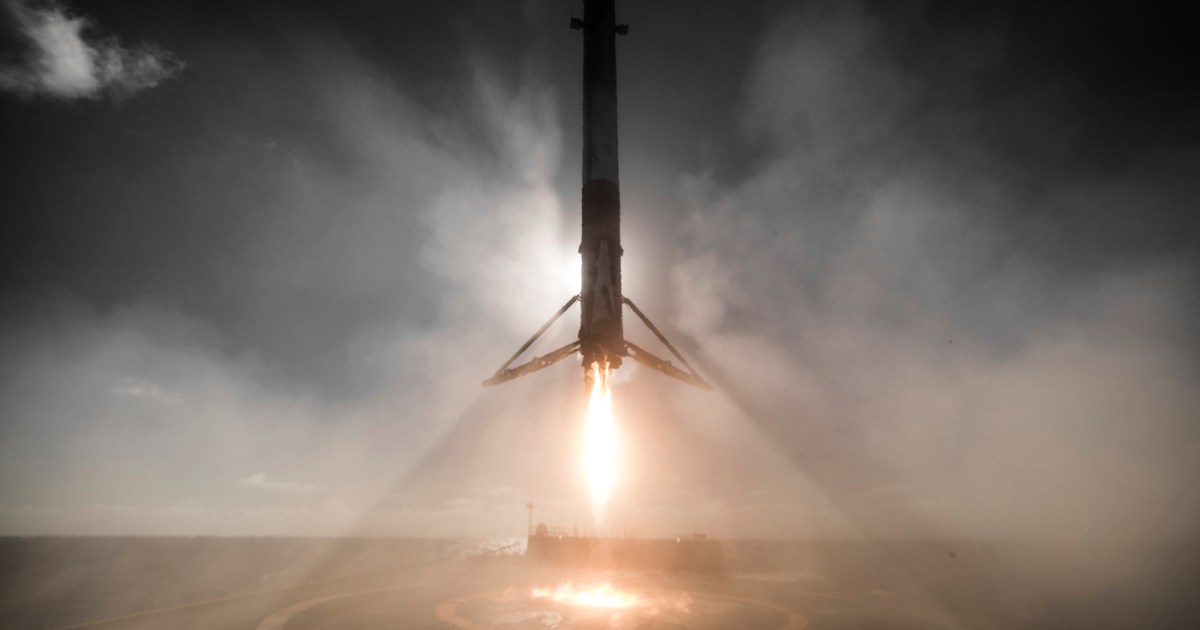SpaceX has successfully landed its Falcon 9 booster on a drone ship for the 250th time.
The first stage of the company’s workhorse Falcon 9 rocket made a flawless landing on the Just Read the Instructions drone ship about eight minutes after launching from the Kennedy Space Center in Florida on Thursday. A video (below) captured the moment that the booster — this one making its ninth touchdown — arrived on the floating platform in the Atlantic Ocean.
Falcon 9’s first stage lands on Just Read the Instructions, completing our 250th droneship landing pic.twitter.com/TOeTB1RGDr
— SpaceX (@SpaceX) June 20, 2024
SpaceX has two options for landing its Falcon 9 booster — either back at the launch site or on one of its three drone ships. The latter method is used when the rocket doesn’t have enough fuel to get it back to the launch site, which is dependent upon the kind of mission that it’s undertaking. The company made its first successful Falcon 9 landing at Kennedy in December 2015 and its first flawless drone ship landing four months later. Early efforts sometimes saw the booster topple over and explode just after touching down, but the team has now nailed the landing procedure.
Landing the first-stage boosters in this way — instead of in water — is central to SpaceX’s spaceflight system as it enables the company to quickly refurbish them for another flight, helping it to reduce the cost of orbital missions. Some of the Falcon 9 boosters have launched on as many as 20 missions to date, usually carrying small satellites for deployment in low-Earth orbit.
The Elon Musk-led company is now aiming to transfer its knowledge to its next-generation and much larger Starship rocket, though the landing method will be a little different as SpaceX is hoping to “catch” the booster using giant mechanical arms just seconds from touchdown, rather than have the booster touch the ground. The Starship has been on four test flights to date, but the fifth test, which could take place in July, will be the first to try the “catching” method.
Thursday’s flight launched a European TV satellite into orbit as part of the SES ASTRA 1P mission. It was the ninth flight of the first-stage booster, which previously launched Ax-2, Euclid, Ax-3, CRS-30, and four Starlink missions. The mission was supposed to get underway on Tuesday, but was postponed due to concerns about the weather conditions at the launch site.
Editors’ Recommendations






